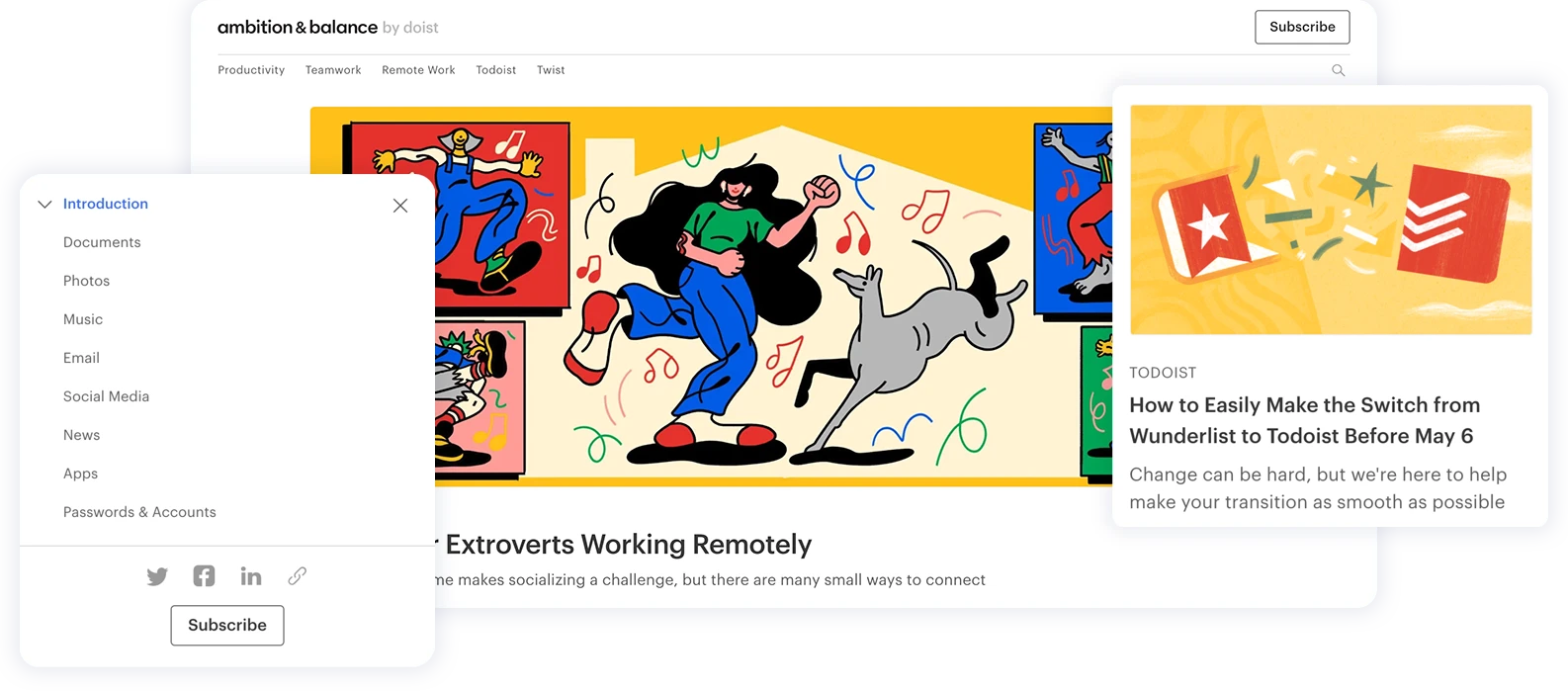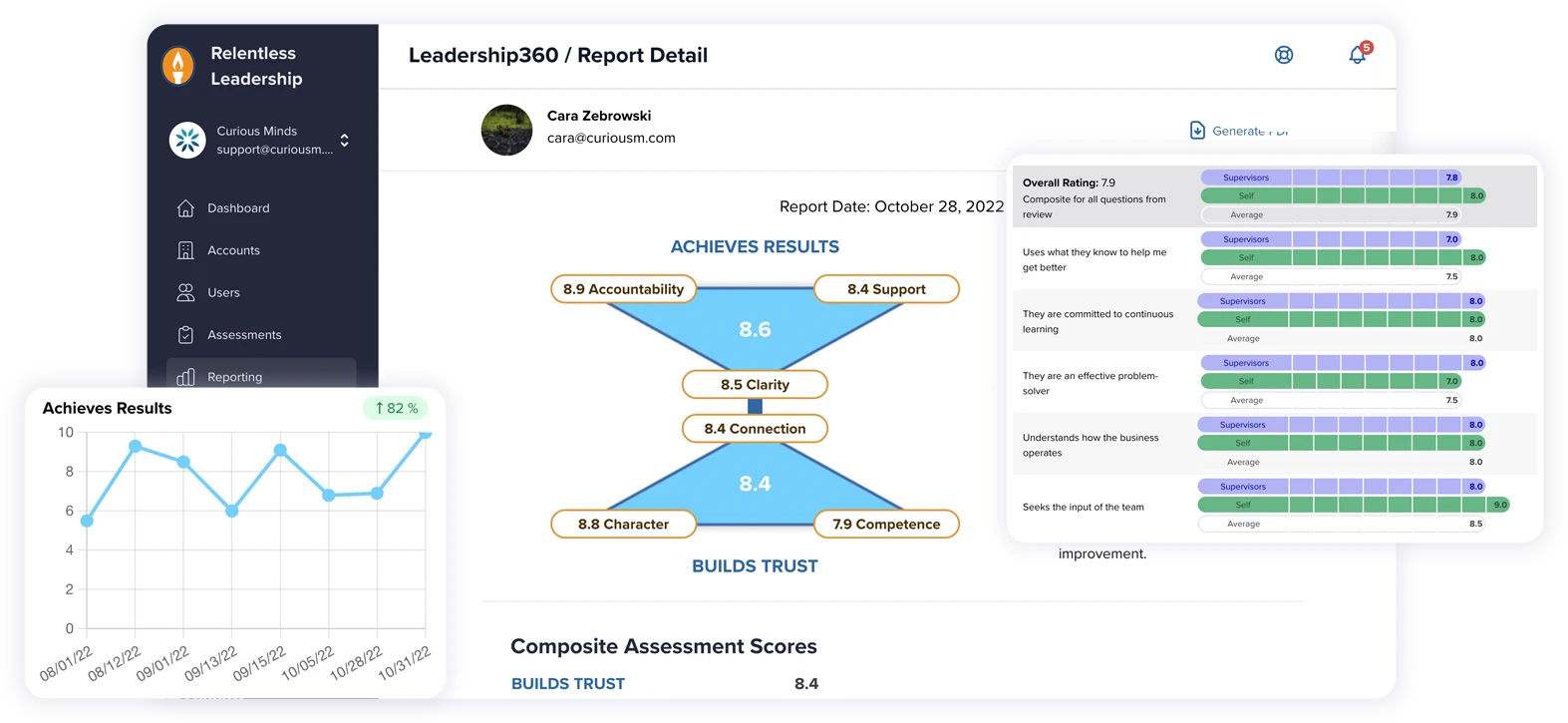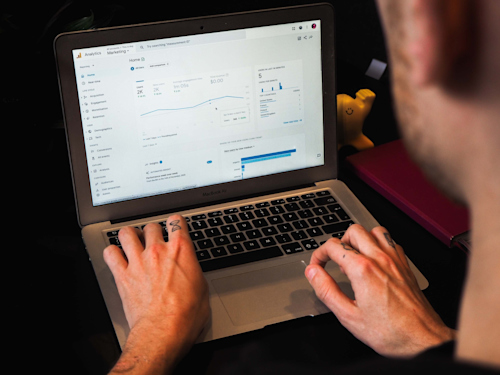Surely by now, you've caught wind of Google Analytics 4. Google's certainly not made it easy to ignore with the bold red warning messages and the enormous countdown clock that appears when logging into your Universal Analytics account. This is all a clear indicator that Google Analytics 4, commonly known as GA4, is here, and it's a big deal. It's the most recent version of Google's analytics tool. We will unpack what it is all about, what distinguishes it from its predecessor, and why your business must make the switch (if you haven't already).
Web analytics tools, such as Google Analytics, are crucial in helping companies grow and stay competitive in the market. Without them, businesses would struggle to sustain their success. Figuring out how our users behave, what they like, and what's trending helps us make the best choices. This data is like a guide, helping businesses tweak their strategies to match their users' wants.
As businesses evolve, so do their analytic needs. In response to these changing needs, Google has introduced Google Analytics 4. This revolutionary version promises to deliver more comprehensive insights, integrating app and web data like never before and addressing the increasing concerns around user privacy.
So What is GA4, Exactly?
GA4 is the latest and greatest of Google's analytics platforms. Much like its predecessor, Universal Analytics, GA4 is all about data that focuses on the user. This user-centric data helps businesses better understand how these users engage with their online presence.
The distinction that sets GA4 apart from previous versions is its focus on the complete customer journey, not just isolated interactions on websites or apps. Combining web and app interactions via different data streams into one property allows businesses to gain insight into a user's journey, in its entirety, with GA4.
Google Analytics has undergone a few changes over the course of its existence. Each update, from the very first version to Universal Analytics and now to GA4, has delivered a number of new features and capabilities. The need for more advanced analytics that put more emphasis on privacy and the want to combine data from various user interactions were the driving forces behind the transition to GA4. Some of the notable changes in GA4 are:
The shift to an event-based data model that tracks users across platforms
(websites and apps)
Advanced machine learning for predictive insights
A proactive approach to data privacy, offering features designed to cope with a future where cookies might not be universally available or accepted.
So, Why GA4?
As we increasingly prioritize digital privacy, the future of web analytics is shifting. One of the significant adjustments businesses must make is moving towards cookie-less tracking, where user behavior can be analyzed without relying on third-party cookies.
Cookie-less Tracking
GA4 is a future-proof solution designed to adapt to a cookie-less world. It uses various methods, including machine learning, to model data where gaps exist due to privacy restrictions. GA4 focuses on first-party data collection, enhancing user privacy while delivering insightful analytics.
Data Privacy Regulations and How GA4 Complies
Over the past few years, we've seen an increase in data protection regulations globally, such as the General Data Protection Regulation (GDPR) in Europe and the California Consumer Privacy Act (CCPA) in the U.S. GA4 has been built with these regulations in mind. It provides data deletion and user consent tracking features, helping businesses adhere to these regulations more effectively.
Advanced Machine Learning Capabilities
Machine learning has become integral to deriving insights from vast amounts of data. GA4 brings machine learning to the forefront of web analytics.
Predictive Metrics: With GA4's predictive metrics, businesses can anticipate future user actions. These insights can help optimize marketing efforts, improve user retention, and lead to more precise targeting.
Anomaly Detection: GA4’s machine learning models can also detect anomalies in your data. This can help alert businesses to significant changes in key metrics, enabling swift action.
Unification of App and Website Tracking
GA4 breaks down the silos between app and web data, providing a more comprehensive picture of user interaction.
Cross-Platform Tracking: Unlike previous versions, GA4 provides cross-platform tracking, which can seamlessly track a user's journey across your website and app.
Unified Data View: By providing a unified view of how users interact with a business across different touchpoints, GA4 allows for a deeper understanding of user behavior. This consolidated view can lead to more effective marketing strategies and enhanced user experience design.
Improved Reporting
GA4 has revamped its reporting features, providing more insightful and customizable reports.
Customization of Reporting: GA4 offers fully customizable reports, letting businesses focus on the metrics that matter most to them. Users can tailor their dashboards to their needs, providing a personalized analytics experience.
Real-Time Data: Real-time reporting in GA4 allows businesses to see what is happening on their app or website instantly. This lets us spot trends in a snap, see how marketing moves are doing right away, and make decisions on the fly.
GA4 and the Future of Web Analytics
Google Analytics 4 is built for tomorrow. Its privacy-centric approach, enhanced machine learning capabilities, and unified view of customer behavior position it ahead of older versions. GA4 is prepared to handle a world where cookies are not widely available, and first-party data becomes more crucial. Its ability to track users across platforms, combined with AI-driven insights, ensures it is ready to handle increasingly complex consumer behavior patterns.
Google regularly updates and adds features to GA4 based on user feedback and technological advances. A few things we can expect to see on the horizon include:
Further developments in machine learning capabilities, enhancing anomaly detection and prediction accuracy.
A growing focus on user privacy with more sophisticated consent management and data handling features.
User interface and reporting features may be improved, making them more intuitive and valuable.
GA4 will significantly influence business strategies. Businesses can strengthen their marketing plans, product lines, and overall user experiences because of the valuable insights GA4 offers into user behavior. By leveraging predictive analytics, businesses can proactively anticipate user needs and trends.
Transitioning to GA4
Preparation for GA4 involves several steps. First, it's crucial to familiarize yourself with the new features and interfaces of GA4. Online tutorials, webinars, and Google's resources can be beneficial here. Second, review your current Google Analytics setup and identify the essential information to carry to GA4. Remember, GA4 will run in parallel with your current setup, so there's room for testing and adjustments.
Switching to GA4 is more than just a couple of clicks. It requires thoughtful planning. You've got to mull over how the change in data modeling will shake up your analytics. Get your crew up to speed on the new interface and reports. And most importantly, remember that historical data doesn't migrate from Universal Analytics to GA4, so plan for a period where you'll be running both in parallel.
Setting up GA4 involves creating a new property in your Google Analytics account, configuring data streams for your platforms (web, Android, iOS), and setting up desired events and parameters. Once you've got everything in place, check it's all working with the DebugView and Realtime report in GA4.
In a rapidly evolving digital world, staying ahead requires embracing change and adopting technologies designed with the future in mind. GA4 is one such technology. As we've seen, the benefits of GA4 are extensive, making it an indispensable tool for any business serious about leveraging data to drive growth. Embrace GA4, and let data guide your way to success.
Don't feel like you need to navigate these waters alone. Contact your web development or website maintenance company for some guidance and support. If you currently don’t have a web team to assist, Curious Minds Media can be your right hand in this transition, helping you with technical aspects and making the process smoother.
In addition to that, we've compiled some resources below to assist with the transition. These should give you a solid foundation and point you in the right direction. Remember, adapting to change is part of the journey to success, and with the right resources and help, you're already off to a great start!
For further information on GA4, consider the following resources:
Google's official GA4 resources and setup guide: https://support.google.com/analytics/answer/10089681
Google's blog post announcing GA4: https://blog.google/products/marketingplatform/analytics/new_google_analytics/
Privacy features in GA4: https://support.google.com/analytics/answer/9964640?hl=en



















